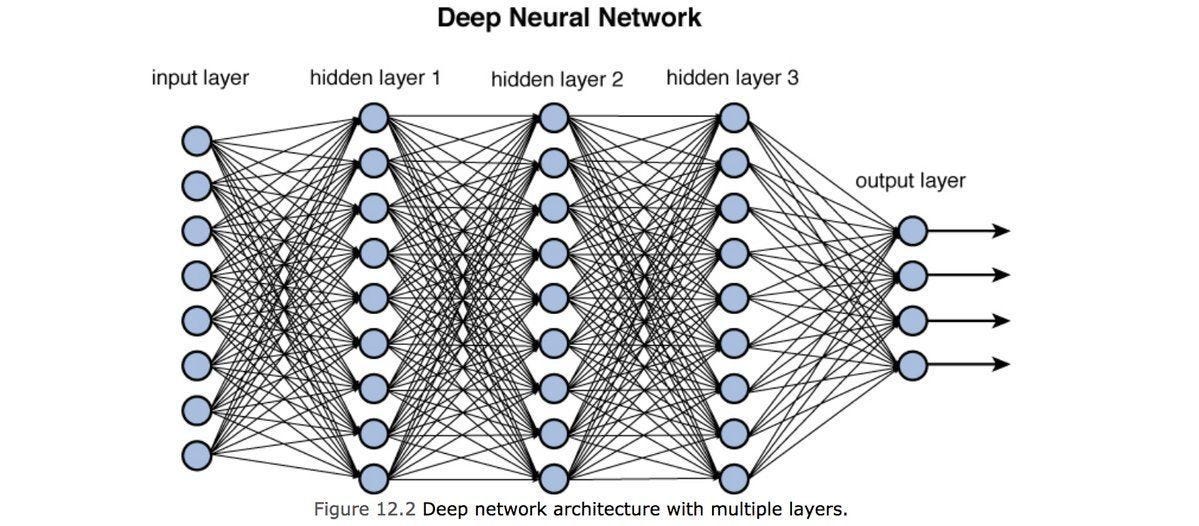Week 7 - Surfing the Tsunami
I feel like Chapter 7 of Surfing the Tsunami took a step back from the deep dive we’ve been conducting into the “What, why and how” and gave us a second to consider the “Who”. Much of the skepticism and apprehension surrounding the adoption of artificial intelligence / machine learning technology is reflective of the notion that it takes the human component out of the equation. It’s easy to forget that A.I. development is, at its core, a data science industry, and that industry employs a huge number of highly skilled professionals.
Image Source. This is a good 7-min read on the “training” of deep neural networks. I found this post while “rabbit-holing” about some of the comments in the personal profiles in this week’s chapter.
My favorite read in this chapter was Geoffrey Hinton profile, given his response to the “Why?” question. He alludes to the idea that building an artificial brain is an effective approach to learning about how our own assimilates and processes information. Developing digital, multilayer neural networks that mimic learning processes is a great way to build insight into our own cognition, with potential medical implication as well! Our nervous systems present incredibly complex perception and interpretation mechanisms, making replication extremely difficult. Small developments and breakthroughs in deep neural network learning methodologies offer insight into how the human brain might execute the same response. This has some pretty cool applications for "troubleshooting" cognitive defects, essentially using machine learning science to diagnose.
If you have the text, I’d recommend checking out the linked videos in his “Mini-Interview” section. They were helpful in explaining how these sciences are already well-integrated into the daily lives of most of the world, whether we understand it or not.


Comments
Post a Comment